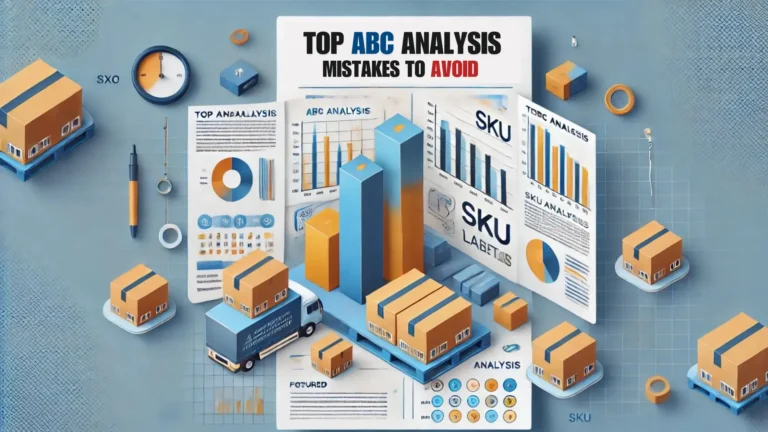Accurate inventory valuation is crucial for businesses of all sizes, influencing financial reporting, operational decisions, and overall profitability. However, several common errors can lead to inaccuracies in inventory valuation, potentially impacting business performance. Let’s explore some common inventory valuation errors in detail and discuss practical strategies to avoid them.

Common Inventory Valuation Errors
1. Incorrect Costing Methods
Inventory costing methods such as FIFO (First-In, First-Out), LIFO (Last-In, First-Out), and Weighted Average Cost are susceptible to errors if not applied correctly. These methods determine how inventory costs are assigned to goods sold and remaining inventory.
Example: Imagine a company using FIFO mistakenly records the cost of newer inventory items as older ones, overstating the cost of goods sold and understating ending inventory value.
2. Data Entry Mistakes
Human errors in entering data related to inventory quantities, costs, or transactions can significantly impact valuation accuracy.
Example: A simple typo in entering inventory counts could lead to discrepancies between physical inventory and recorded levels.
3. Inaccurate Physical Inventory Counts
Failure to conduct regular physical inventory counts or discrepancies between physical counts and recorded data can result in valuation errors.
Example: If a warehouse neglects to count damaged goods separately, their value might be overstated in the inventory records.
4. Overlooking Obsolete or Damaged Inventory
Obsolete or damaged inventory that is not properly written down can inflate overall inventory values.
Example: A retailer fails to adjust the value of slow-moving or obsolete stock, leading to an overstatement of asset values on the balance sheet.
5. System and Calculation Errors
Glitches in inventory management software, miscalculations of costs, or improper application of discounts can all lead to valuation discrepancies.
Example: A software bug causes the system to incorrectly calculate average costs, resulting in inaccurate valuation of inventory items.
Effective Strategies to Avoid Inventory Valuation Errors
1. Implement Robust Inventory Management Systems
Invest in reliable inventory management software that integrates seamlessly with other business systems. Such software can automate data entry, track inventory movements in real-time, and apply costing methods accurately.
2. Conduct Regular Audits and Physical Counts
Schedule frequent physical inventory counts to verify stock levels and reconcile them with recorded data. Audits should include checking for damaged or obsolete items that need to be properly valued or written off.
3. Train and Educate Staff
Ensure that personnel responsible for inventory management are well-trained in inventory valuation methods and understand the importance of accurate data entry. Establish clear procedures for recording transactions and updating inventory records.
4. Utilize Consistent and Appropriate Costing Methods
Choose and consistently apply inventory costing methods that best suit your business operations. Regularly review and adjust these methods to align with changes in business practices or regulations.
5. Leverage Technology and Automation
Utilize technology such as barcode scanners, RFID tags, and automated data collection systems to minimize human error in inventory tracking and valuation. Implement automated alerts for discrepancies or unusual inventory movements.
6.Utilize Advanced Analytics Tools
Leverage predictive analytics and machine learning algorithms to detect anomalies in inventory data and optimize inventory management strategies proactively.
Conclusion
Accurate inventory valuation is not just about compliance; it’s integral to making informed business decisions and maintaining financial health. By understanding common inventory valuation errors and implementing proactive strategies to prevent them, businesses can enhance operational efficiency, improve financial reporting accuracy, and ultimately drive profitability.
Implementing strong inventory management systems, performing frequent audits, training personnel, and harnessing technological advancements are essential measures to reduce inventory valuation errors. These actions enable businesses to maintain reliable inventory data, crucial for effective supply chain analytics and informed decision-making.






